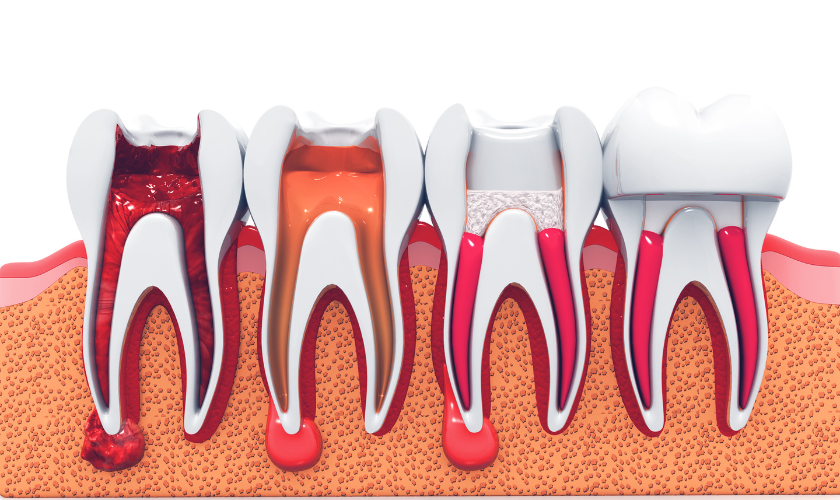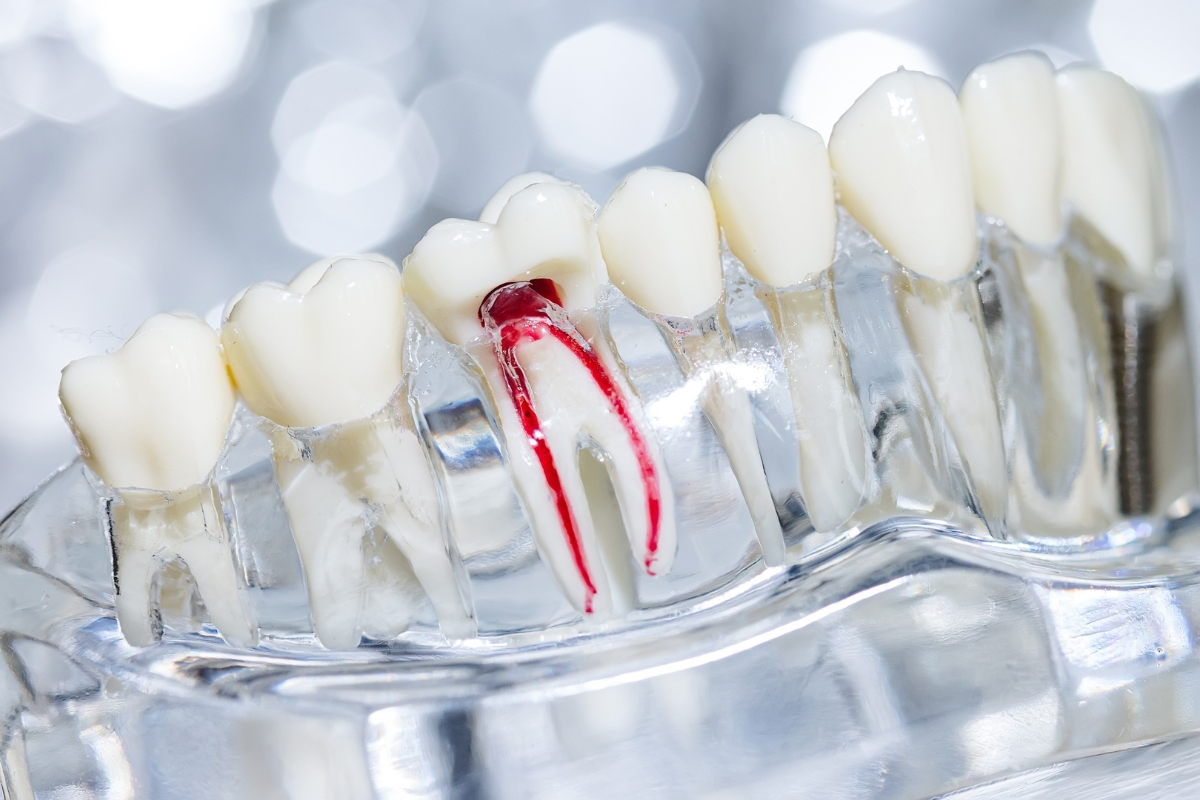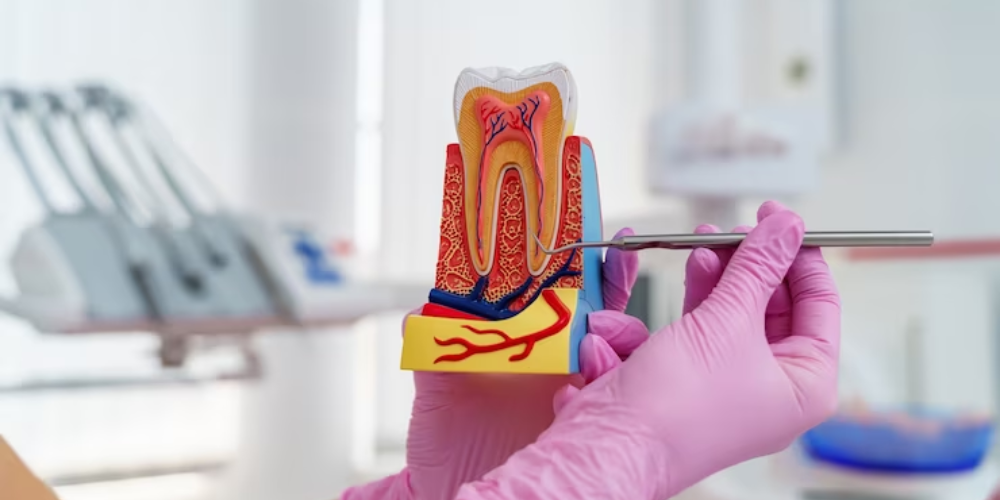New Patients Welcome!

Toothaches are no fun for anyone, but especially for children who might struggle to communicate the discomfort effectively. A throbbing toothache can disrupt sleep, make eating difficult, and cause significant distress. While cavities are a common culprit, sometimes a deeper issue lurks beneath the surface – an infected tooth pulp. This is where root canal therapy comes in, offering a potential solution to save the tooth and alleviate the pain. However, parents often wonder: is root canal therapy different for children compared to adults?
Understanding the Need for Root Canal Therapy
The tooth pulp is a soft tissue within the center of the tooth that contains nerves, blood vessels, and connective tissue. It plays a crucial role in tooth development and sensation. However, if bacteria infiltrate the pulp due to deep decay, trauma, or other factors, it can become infected. This infection can cause significant pain, swelling, and even bone loss around the tooth if left untreated.
Endodontic therapy aims to address this infection by removing the infected pulp tissue and cleaning the root canals (narrow channels within the tooth root). This helps prevent further infection, alleviate pain, and potentially save the tooth.
Factors Influencing Root Canal Treatment
Tooth Development
One of the primary differences between endodontic therapy in children and adults is the stage of tooth development. Children’s teeth are still developing, which can present unique challenges during treatment. The size and shape of the tooth roots may vary, making it more challenging to access and treat the affected area.
Behavioral Considerations
Children may also present behavioral challenges during endodontic therapy. They may be more anxious or apprehensive about dental procedures, requiring additional support and reassurance from the dental team. Pediatric dentists are trained to work with children and create a comfortable, positive environment for treatment.
The Treatment Process of Root Canal Therapy
Diagnosis and Evaluation
The first step in root canal therapy for both children and adults is diagnosis and evaluation. The dentist will examine the affected tooth, take dental x-rays, and assess the extent of the infection or damage. In some cases, additional tests may be required to determine the best course of action.
Anesthesia and Sedation
Once the treatment plan is established, the next step is to numb the tooth and surrounding area with local anesthesia. In some cases, sedation may also be used to help children relax during the procedure. Pediatric dentists are skilled in administering anesthesia and sedation safely and effectively.
Pulp Removal and Cleaning
After the tooth is numb, the dentist will create a small opening in the crown of the tooth to access the pulp chamber. The infected or inflamed pulp is then carefully removed, and the root canals are cleaned and disinfected to remove any bacteria or debris.
Filling and Restoration
Once the root canals are cleaned, they are filled with a biocompatible material called gutta-percha to prevent reinfection. The opening in the tooth is then sealed with a temporary or permanent filling, and a dental crown may be placed to restore the tooth’s strength and function.
Post-Treatment Care
Follow-Up Appointments
After root canal therapy, children and adults alike will need to attend follow-up appointments to monitor the healing process and ensure the success of the treatment. These appointments may include dental x-rays to check for any signs of infection or complications.
Oral Hygiene Maintenance
Maintaining good oral hygiene is essential for preventing future dental problems and preserving the results of root canal therapy. Children should be encouraged to brush their teeth twice a day, floss regularly, and attend routine dental check-ups to keep their smiles healthy and happy.
Similarities and Differences in Root Canal Therapy for Children and Adults
The core principles behind endodontic therapy remain similar for both children and adults. Both procedures involve accessing the infected pulp, removing the infected tissue, cleaning the canals, and ultimately placing a filling or crown to restore the tooth structure and function.
However, there are some key differences to consider:
- Developing Teeth: Children’s teeth are still developing, and the roots might not be fully formed compared to adults. This can influence the materials used and the number of visits needed for the procedure.
- Anxiety Management: Children might experience more anxiety in a dental setting. Pediatric dentists are skilled in using age-appropriate communication and techniques to create a calming environment and ensure a positive experience.
- Anesthesia Options: Depending on the child’s age and anxiety level, different anesthesia options might be considered, ranging from local anesthesia to sedation dentistry.
Addressing Concerns: Common Questions about Root Canal Therapy in Children
Here are some frequently asked questions regarding root canal therapy in children:
- Is root canal therapy painful for children? Modern techniques, anesthesia options, and a focus on patient comfort minimize discomfort during the procedure. Many children experience significant relief from the toothache once the infected pulp is removed.
- Will my child lose their tooth after a root canal? The goal of root canal therapy is to save the tooth. With proper care and follow-up appointments, a root canal-treated tooth can last for many years.
- Are there alternatives to root canal therapy? In some cases, depending on the severity of the infection and the tooth’s development stage, extraction might be the only option. However, whenever possible, dentists prioritize saving the natural tooth structure.
Considering Root Canal Therapy Options in West Palm Beach
If your child experiences a persistent toothache or other concerning symptoms, consult with your pediatric dentist for root canal therapy in West Palm Beach is crucial. They can assess the situation, determine the cause of the pain, and discuss treatment options, including root canal therapy if necessary. Early intervention is key to managing the infection and saving the tooth. Remember, a healthy smile is an essential part of a child’s overall well-being, and root canal therapy can be a valuable tool to preserve a healthy, pain-free smile for years to come.





